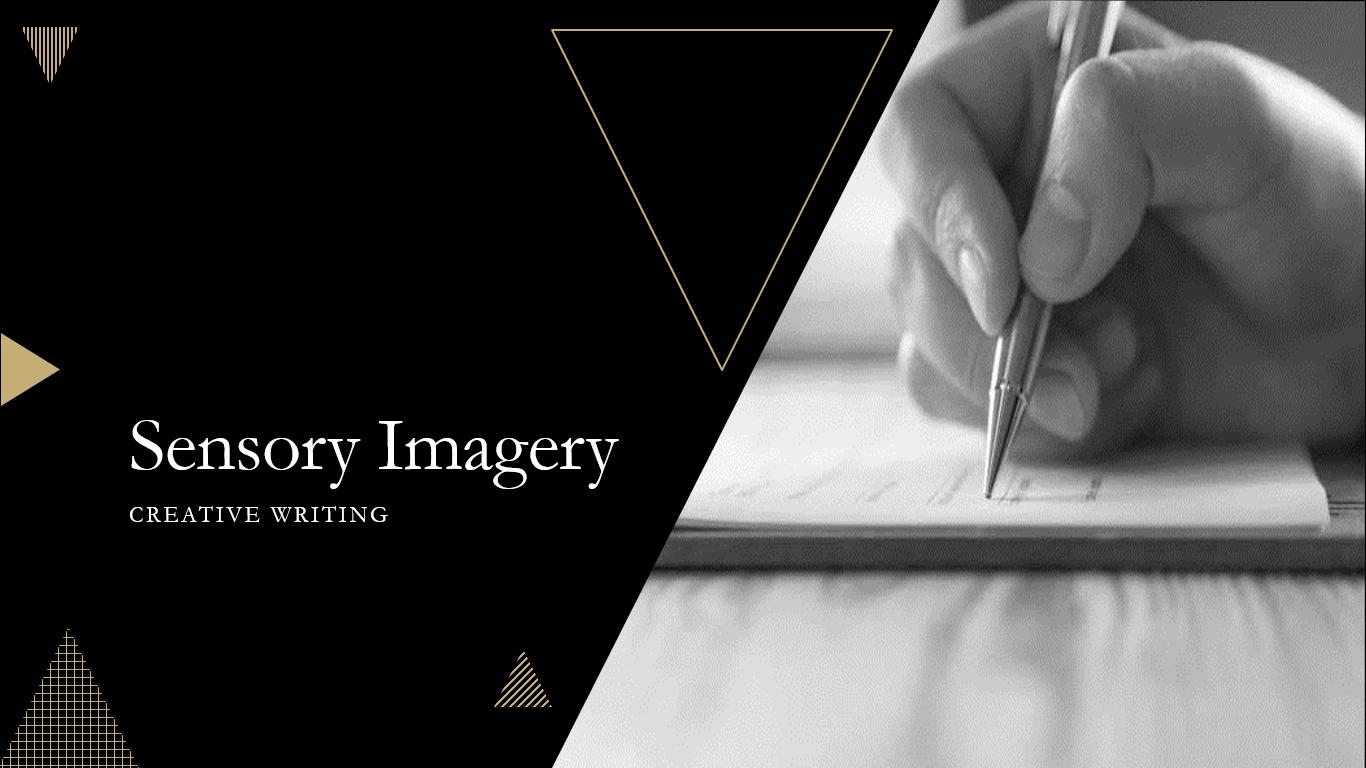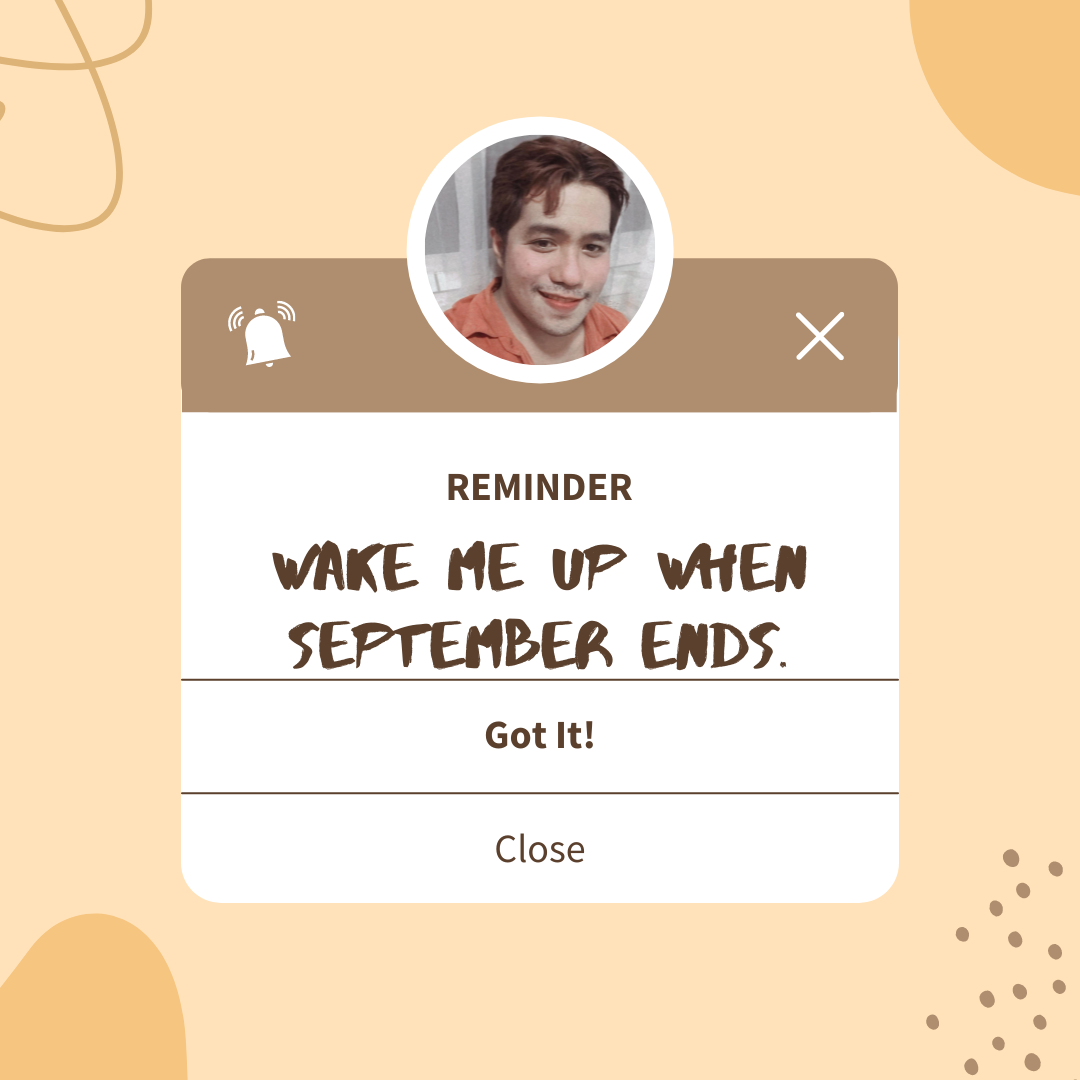Poetry is a type of literature that is a compact of intensive imaginative awareness of encounters and sort of high emprise which are presented through well-thought of and chosen language that carries both personal and emotional associations. It is usually presented creatively using sounds, rhythm, figurative language, imagery, and a lot of more poetic devices which make the piece appealing to readers. In simpler terms, it is a manipulation of language and imagination to convey meanings through sounds, rhythm, figurative languages, and other devices which help evoke and stimulate the feelings of the readers.
When we talk about poetry, it is not just restrained to mean that type of literary which is characterized by lines and stanzas. It is more of a creative work that packs emotions, thoughts, and concepts with the use of language. While there are other poems which utilize two or more from the mentioned elements or features, it is impossible for a poem not to employ any of these elements.
One of the poetic devices which poets employ in writing their creative pieces is the sensory imagery. Sensory images are words and phrases employed by writers in other special approaches which represent sensory experiences and personal associations of the readers, stimulating their senses and involving their imagination. These consist of a descriptive language which helps readers to visualize in their mind the meaning underlying each line or sentence.
Moreover, When a line in a poem, or a sentence in any prose you are quite engrossed with appeals to your senses (taste, smell, hearing, sight, and touch), by that we mean, the poem kindles your sensations and it allows you to perceive the world crafted by the story in that literary piece. This only elucidates how one can relate to the story of any piece, be it poetry or prose, and create personal and emotional associations.
FIVE COMMON TYPES OF SENSORY IMAGERY
There are five different types of sensory imagery which seem common in poetry. These are visual, gustatory, tactile, auditory, and olfactory.
Visual imagery stimulates your sense of sight. This is characterized by words and phrases which allow you to visualize how something or a situation looks like. It engages your mind through visual descriptions of something that you can see and perceive. The use of physical attributes which include color, size, shape, lightness and darkness and many more descriptive words that suggest visual sensation.
Gustatory imagery arouses your sense of taste. This, on the other hand, happens when a particular line in a poem or a sentence from any prose allows you to perceive the meaning through a taste sensation. The use of words which describe the taste of something (sweet, salty, bitter, sour, and even other sensations related to the act of eating) is evident in this type of imagery.
Tactile imagery stirs up your sense of touch. This categorized by the presence of words and phrases which suggest sensations of touch. The use of words and phrases that suggest texture is common to this type of imagery.
Auditory imagery activates your sense of hearing. This focuses more on using words and phrases to describe how the way things sound. The use of poetic devices such as onomatopoeia, alliteration, and rhymes, also helps incorporate sounds in the literary piece.
Olfactory imagery awakens your sense of smell. The sense of smell is more closely linked This uses words or phrases which appeal to the sense of smell and helps you associate emotions and feelings invoked by the words. This type of imagery can be best identified since it uses words that engage sense of smell such as fragrant, odorous, scent, acrid, sour, stinking, aromatic, citrussy, etc.
How to Employ Sensory Imagery in Writing
With as much emphasis as you put on the creativity you wish to exhibit in writing, conveying your meaning through sensory imagery can be quite challenging. It is for the reason that, in employing sensory imagery in your artistic piece of writing, you also place greater attention to the use of words and phrases which will engage the readers’ senses. This is to make sure that when the readers read the piece, they should be able to visualize in their mind what exactly the sensory imagery that you incorporated tries to convey.
One way of making this possible is through adjectives. Adjectives are of great help in creating sensory imagery in lines and sentences. Most of the popular literary pieces which contain sensory images are well-constructed with descriptive words or modifiers.
For example, instead of using the plain statement: “I remained on that pavement for a moment.” you can express it this way,
“I lingered securely for a moment on that hoary dread-filled narrow dark pavement under that lowering night sky.”
If you try to compare the two sentences, the first one is more direct and straightforward. However, the meaning is still present. On the other hand, in the second sentence, when you try to read it, there is a sensation that has been stimulated as you visualize the scene or the meaning of the sentence. The use of the adjectives hoary, dread-filled, narrow, dark, and lowering even make the sentence appealing to the sense of sight. Obviously, the second sentence renders the action done more vividly in detail.
Not only that the reader is able to activate a sense of sight, but also evokes emotions from it. It is for that reason that poets and writers make use of sensory imagery in writing – to appeal to the senses of the readers.
References:
MasterClass. (2020, November 8). Sensory Imagery in Creative Writing: Types, Examples, and Writing Tips. Retrieved from Sensory Imagery in Creative Writing: Types, Examples, and Writing Tips – 2021 – MasterClass









Thanks a lot for sharing this with all of us you really know what you’re talking about! Bookmarked. Kindly also visit my web site =). We could have a link exchange arrangement between us!
I do agree with all of the ideas you’ve presented in your post. They are very convincing and will definitely work. Still, the posts are too short for newbies. Could you please extend them a bit from next time? Thanks for the post.
Greetings from Carolina! I’m bored to tears at work so I decided to check out your blog on my iphone during lunch break. I love the information you present here and can’t wait to take a look when I get home. I’m surprised at how quick your blog loaded on my mobile .. I’m not even using WIFI, just 3G .. Anyhow, wonderful blog!
Your blog is both captivating and influential. Your writing style resonates with me, and the impact of your words is truly powerful.It is really beneficial especially for students
Nice blog here! Also your website loads up very fast!